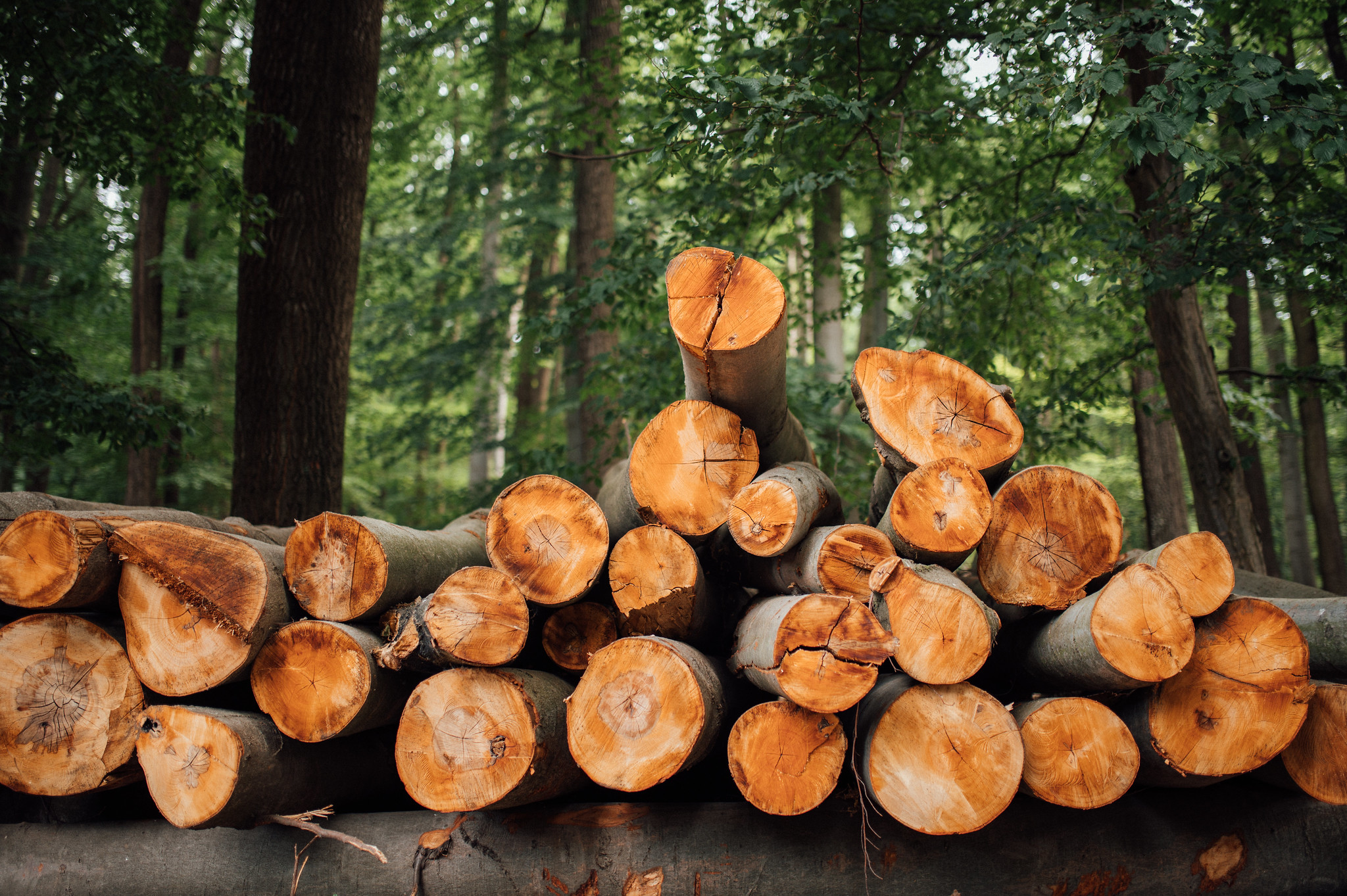
Meet the Monuments: Browns Canyon
Protections passed by the House of Representatives are good news for this Colorado rafting and hiking spot.

This blog was co-authored by Bergen Schmidt, Environment America intern.
Browns Canyon National Monument, designated by then-President Barack Obama in 2015, is almost 22,000 acres of pristine canyons, rivers and backcountry forest in Colorado. Jointly managed by the Bureau of Land Management (BLM) and the U.S. Forest Service, the area is split between BLM land and the San Isabel National Forest. The monument, centered along the Arkansas River, is geologically and ecologically rich. The Forest Service website compares the canyon’s walls to “a series of natural cathedral spires that change hues as the light of day wanes.” Situated against a backdrop of the Rocky Mountains’ Sawatch Range, the monument offers stunning views of peaks that tower more than 14,000 feet in elevation.
The area includes the Browns Canyon Wilderness Study Area, the Aspen Ridge Roadless Area, and a section of the Arkansas River that is renowned for its trout fishing and whitewater rafting and kayaking. It is home to a wide range of species including black bears, bighorn sheep and peregrine falcons.

Photo: Bureau of Land Management via Flickr CC BY 2.0
Joe Stone, a board member of Friends of Browns Canyon, which is an organization dedicated to protecting the entirety of the canyon as wilderness, explains that the area is especially valuable for such wildlife as deer and elk because of its lower elevation. Most wilderness areas in Colorado are in high elevation — above 9,000 feet — which proves difficult for wildlife when snow begins to cover the ground.
“This is a lower elevation area, between 7,500 and 10,000 feet, and so, in the winter, it is really important winter grounds for elk, deer and big game,” Stone said. “There are about five different elk or deer herds that come down from the surrounding mountain ranges over the winter in this area. They’ve got the river for water, and they can still browse because it is not completely snowed in all winter.”
According to Stone, the monument area is important for understanding how plants and animals adapt to climate change-induced environmental shifts. In fact, Browns Canyon is so useful for understanding climate change that President Obama mentioned it in its monument proclamation. The proclamation reads: “Geologic and climatic changes since the Precambrian have made the area an important site for research on geology and paleoecology as well as the effects of climate change, wildland fire, and other disturbances on plant and animal communities.”
Besides the canyon’s ecological and geological value, area surveys indicate that Native Americans lived there at least, 13,000 years ago. The location is full of cultural sites and artifacts, and, at the time of designation, had 18 known archeological sites. Part of the Ute Trail is also within the monument, which was a trail used by the Ute people to travel from their winter to summer grounds. It eventually became a road used to connect early white settlements in Colorado.
The Protecting America’s Wilderness and Public Lands Act, a sweeping package of land and river protection bills, which passed the House of Representatives in early March, includes safeguards for Browns Canyon National Monument. Specifically, the Colorado Wilderness Act (CWA), which is part of that larger package and was introduced by Rep. Diana Degette of Colorado, designates parts of Browns Canyon, along with more than 600,000 acres of public lands, as wilderness, which is the highest protection granted to public lands. Currently, the monument contains only two sections of wilderness quality lands: one wilderness study area and one roadless area. If the CWA is passed into law, it will make almost the entirety of the monument area wilderness, ensuring that everything that makes this place special — from the wildlife, to the Arkansas River, to its importance for understanding climate change — can stay special.
Topics
Authors
Ellen Montgomery
Director, Public Lands Campaign, Environment America
Ellen runs campaigns to protect America's beautiful places, from local beachfronts to remote mountain peaks. Prior to her current role, Ellen worked as the organizing director for Environment America’s Climate Defenders campaign. Ellen lives in Denver, where she likes to hike in Colorado's mountains.
Find Out More

We’re hiring interns who envision a cleaner, greener world

EPA report says pesticides endanger wildlife

Which toilet paper companies are taking steps to be more sustainable?


